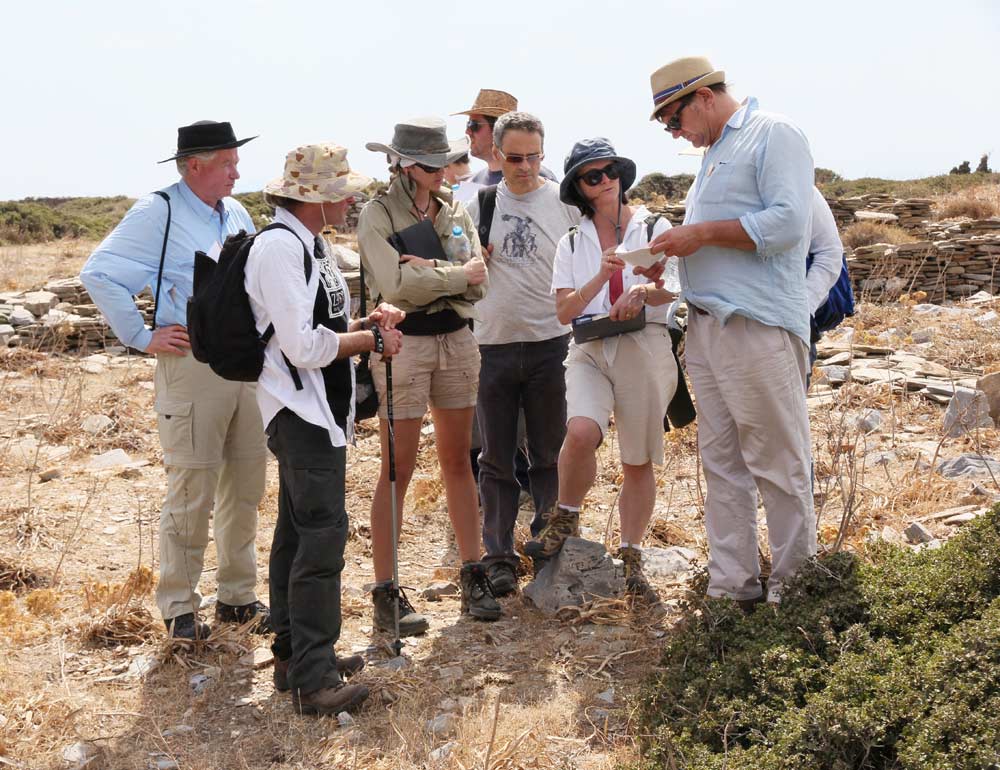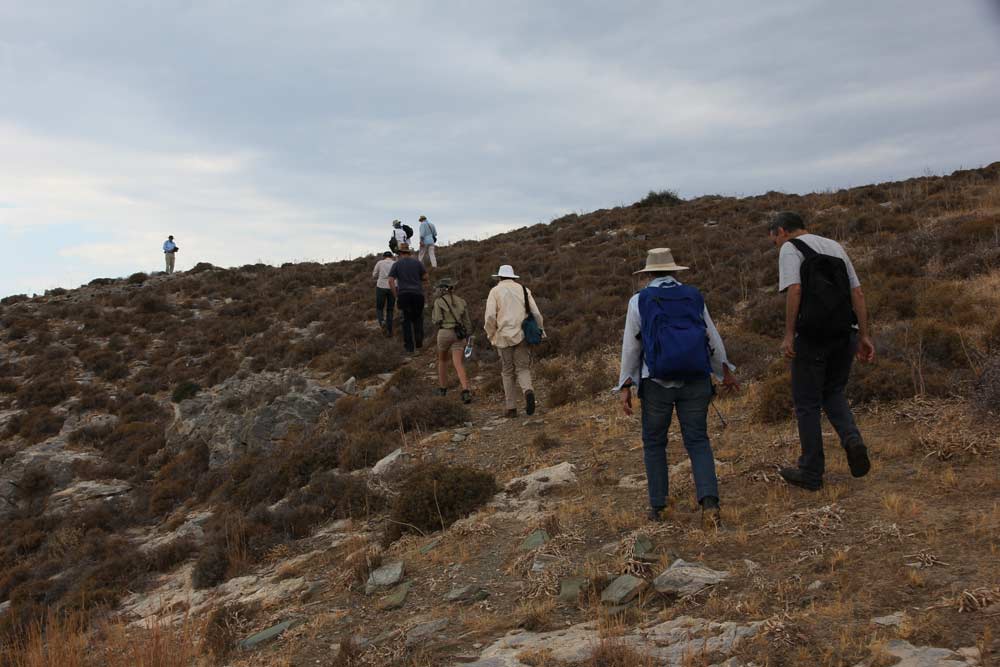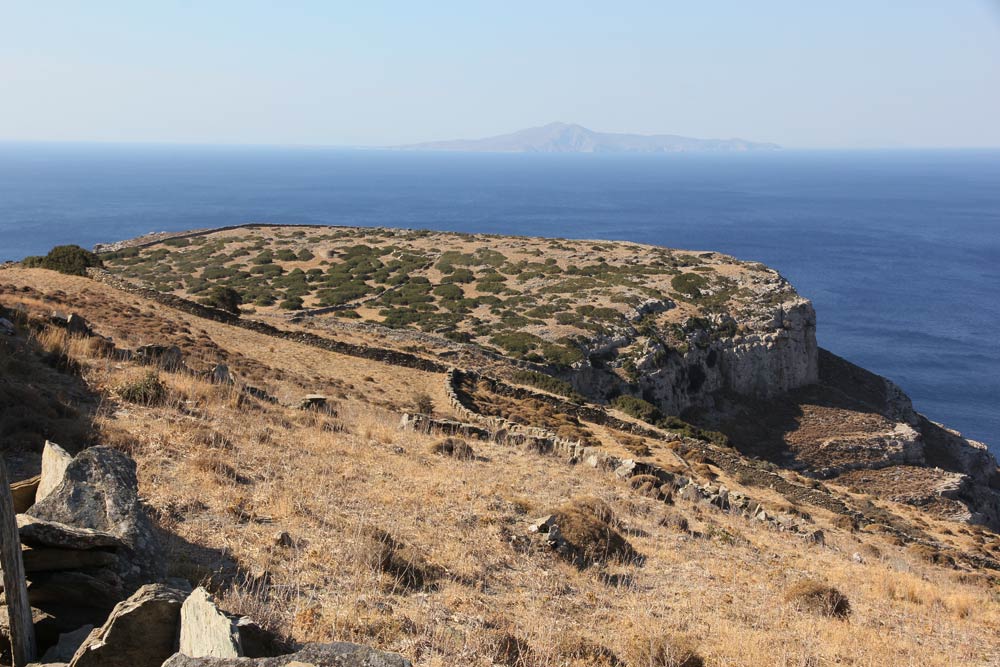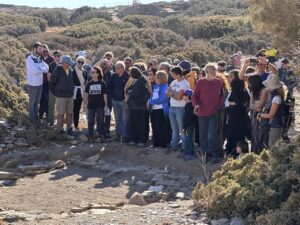by Irma Havlicek
Powerhouse Museum Web Producer
Yesterday morning (Sunday 22 September 2013), some of us headed out to Zagora to have the first discussions at each of the five trenches selected for excavation this season.
All three team leaders were there: Meg Miller, Lesley Beaumont and Stavros Paspalas. Also there, of course, were the trench supervisors for this year: Excavation area 1 – Ivana Vetta; Excavation area 2 – Mel Melnyczek; Excavation area 3 – Hugh Thomas; Excavation area 4 – Kristen Mann; Excavation area 5 – Paul Donnelly.
Following are photographs of each of the trench sites in order we visited them:









4 thoughts on “First 2013 Zagora trench discussions on site”
I find this dig you are on really very interesting and I was wondering if I could ask a few questions. Are there other sites like Zagora on the Island? Did people migrate to the nearby islands like Panormous and rebuild there? Are there similar sites there or have any been noted (by topographical surveys) and are yet to be discovered? I have scanned the islands with Google Earth and maps and I am quite suprised at what you can see in terms of detail. The dry-stone walls that are around the site are very interesting(and look more recent of course than the buildings themselves). How old are they ? I have constructed dry-stone walls and dwellings myself, and done a lot of stone-masonry in my time, and I am always fascinated to see methods in other places in the World both ancient and modern and to understand the methodologies that went into constructing them.
Thank you for your very interesting question. Apologies that it has taken a few days to reply but I wanted to get you a more authoritative reply than I could possibly provide. Dr Stavros Paspalas, one of the three directors of the Zagora Archaeological Project has provided that reply:
Zagora is not the only known ancient settlement site on Andros. There is, of course, Palaiopolis -the Archaic through to Roman period “city” of the island. Far earlier are the prehistoric settlements of Strophilas and Plaka. Hypsele is a settlement that is contemporary with Zagora and continues beyond the date (conventionally 700 BC) at which Zagora ceased to be a settlement.
We don’t know where the inhabitants of Zagora moved. Palaiopolis is a possibility but so are other sites beyond Andros, including -ultimately- the colonies in the northern attributed by the ancient sources to Andros.
Dating dry-stone field walls is fraught with difficulties. It is highly likely that the vast majority of these walls on Andros postdate the settlement at Zagora. The characteristic field walls of Andros are, I believe, best paralleled by examples on northern Tenos.
Always enamoured by the Zagora view…looking forward to reading about the 2013 fieldwork season!
Hi Vanessa – I have a post in the works which provides an overview of the aims of this season. I expect to publish that in the next day or two, so keep checking back. Yes, the view hasn’t got any less brilliant.